bottleneck

Wichart data shows that the total bad debt balance from groups 3 to 5 of 27 listed banks increased by more than 16% compared to the end of 2024, reaching VND 267,329 billion - a record high of the system. Statistics from the financial report of the second quarter of 2025 show that most banks recorded an increase in bad debt, of which up to 19 banks including small or leading scale and even in the Big4 group had a double-digit increase.
In terms of absolute value, BIDV leads the industry with an increase of VND14,104 billion in bad debt, equivalent to 49%, bringing the total bad debt as of June 30, 2025 to VND43,140 billion. VietinBank recorded a bad debt balance of VND24,813 billion, an increase of VND3,461 billion (16%). Vietcombank and Sacombank's bad debt also increased by VND1,612 billion and VND1,532 billion, to VND15,576 billion and VND14,117 billion, respectively. Increasing sharply in proportion, TPBank recorded an increase of 53%, from VND3,803 billion to VND5,837 billion. Meanwhile, PGBank increased by 42% and Nam A Bank increased by 40%.
However, there were 7 banks that recorded a decrease in bad debt at the end of the second quarter, with an average decrease of 11%. Banks that improved loan quality include: NVB (-29%), ABB (-14.8%), VietABank (-11%), Agribank (-8.3%),ACB (-8%), BaoVietBank (-4.6%) and Vietbank (-0.4%).
Regarding bad debt settlement, the Vietnam Banks Association (VNBA) has just sent a document to the Ministry of Agriculture and Environment, the Ministry of Justice and the State Bank of Vietnam, reflecting the difficulties and problems that credit institutions (CIs) are facing when receiving real estate as collateral to settle bad debt.
Receiving real estate as collateral to replace the customer's debt repayment obligation is mainly done in two forms: The bank and the customer agree to offset the debt, or the credit institution receives the property back from the enforcement agency after many unsuccessful auctions.
According to the Law on Credit Institutions, banks are not allowed to do real estate business but are allowed to hold this property for a maximum period of 5 years to process debt collection. However, land registration offices and departments of agriculture and environment in many localities have refused to register changes and transfer ownership of secured assets to credit institutions.
The inability to register ownership, according to VNBA, leads to many consequences. Firstly, credit institutions cannot auction the assets; the sales contract is also not notarized. It is not feasible for credit institutions to return to enforce the judgment to auction again, because the nature of these assets has gone through many failed auctions.
Second, according to the State Bank's regulations, to record the value of the asset in the balance sheet account (Account 387), the credit institution must have full documents proving legal ownership. Because it cannot register the transfer of ownership, the credit institution cannot account for this asset, making the purpose of receiving the asset unachievable.
Third, the risk of property disputes is very high. Even though the customer has handed over the property, legally, their debt obligations are still on the books and continue to arise. This poses a risk of disputes and lawsuits in the future, especially when real estate prices increase, the old owner can reclaim the property.
Untie the knot
In this situation, VNBA recommends that the Ministry of Agriculture and Environment issue a document guiding the Departments of Agriculture and Environment to allow credit institutions to register the transfer of rights or register changes in real estate in both cases: Receiving assets through agreements with customers and receiving them from the enforcement agency. After registration, credit institutions are responsible for selling, transferring or repurchasing real estate within 5 years from the date of the decision to handle.
VNBA also requested the State Bank to study and issue guidelines on recording assets assigned to debt, assets accepted in lieu of debt repayment obligations, guidance on accounting for real estate that credit institutions accept in lieu of customers' obligations and setting up risk provisions when credit institutions hold these assets for 5 years.
According to Mr. Phan Duy Hung, Director, Senior Analyst of VIS Rating, the National Assembly has just passed the amendment to the Law on Credit Institutions, towards integrating an important legal framework on bad debt recovery into the law. The amended law is expected to empower banks to seize collateral and prevent banks' collateral from being seized in some criminal cases, which is a positive signal for banks, will help resolve industry bottlenecks and overcome current legal gaps, and at the same time inherit the main provisions of Resolution 42 of the National Assembly on bad debt settlement.
Mr. Hung expects the revised law will help banks recover bad debts and improve asset quality and profits; at the same time, help increase customers' awareness of debt repayment.
“In addition, retail banks’ profitability will also improve due to lower operating costs when monitoring small, geographically dispersed bad debts, as well as increased revenue from bad debt recovery. Since most of banks’ collateral assets are real estate, the recovery of the secondary real estate market in 2025 will also continue to support banks’ collateral liquidation process,” Mr. Hung said.
The results of the survey on business trends of credit institutions in the second quarter of 2025 announced by the State Bank show that credit institutions believe that the bad debt ratio will decrease more sharply in the third quarter. At the same time, credit institutions continue to reduce their forecasts on the bad debt ratio/average credit balance of the whole system by the end of 2025 compared to the results recorded in the survey period.
Source: https://hanoimoi.vn/ngan-hang-va-bai-toan-no-xau-712870.html




![[Photo] Solemn opening of the 8th Congress of the Central Public Security Party Committee, term 2025-2030](https://vphoto.vietnam.vn/thumb/1200x675/vietnam/resource/IMAGE/2025/10/4/f3b00fb779f44979809441a4dac5c7df)
![[Photo] General Secretary To Lam attends the 8th Congress of the Central Public Security Party Committee](https://vphoto.vietnam.vn/thumb/1200x675/vietnam/resource/IMAGE/2025/10/4/79fadf490f674dc483794f2d955f6045)

![[Photo] Bustling Mid-Autumn Festival at the Museum of Ethnology](https://vphoto.vietnam.vn/thumb/1200x675/vietnam/resource/IMAGE/2025/10/4/da8d5927734d4ca58e3eced14bc435a3)









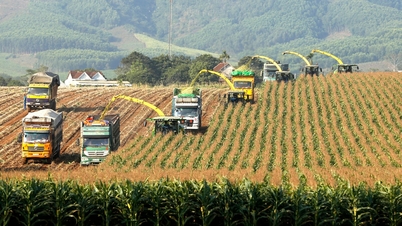

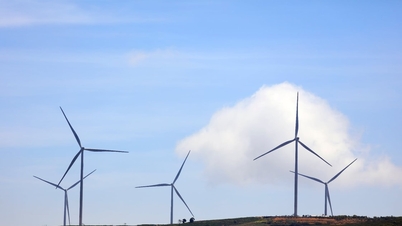



























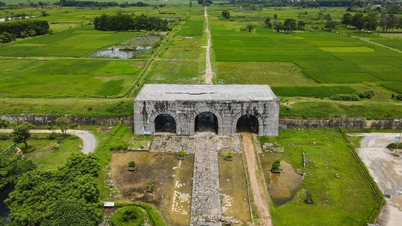















![[VIDEO] Summary of Petrovietnam's 50th Anniversary Ceremony](https://vphoto.vietnam.vn/thumb/402x226/vietnam/resource/IMAGE/2025/10/4/abe133bdb8114793a16d4fe3e5bd0f12)

![[VIDEO] GENERAL SECRETARY TO LAM AWARDS PETROVIETNAM 8 GOLDEN WORDS: "PIONEER - EXCELLENT - SUSTAINABLE - GLOBAL"](https://vphoto.vietnam.vn/thumb/402x226/vietnam/resource/IMAGE/2025/7/23/c2fdb48863e846cfa9fb8e6ea9cf44e7)




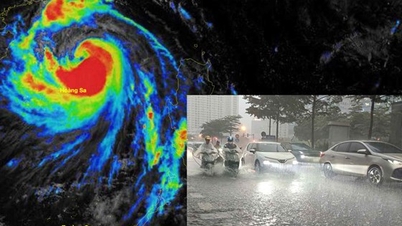






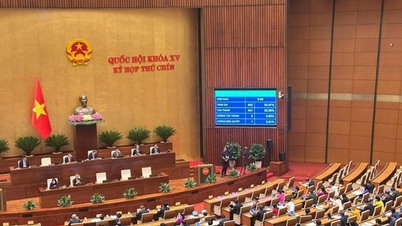




















Comment (0)